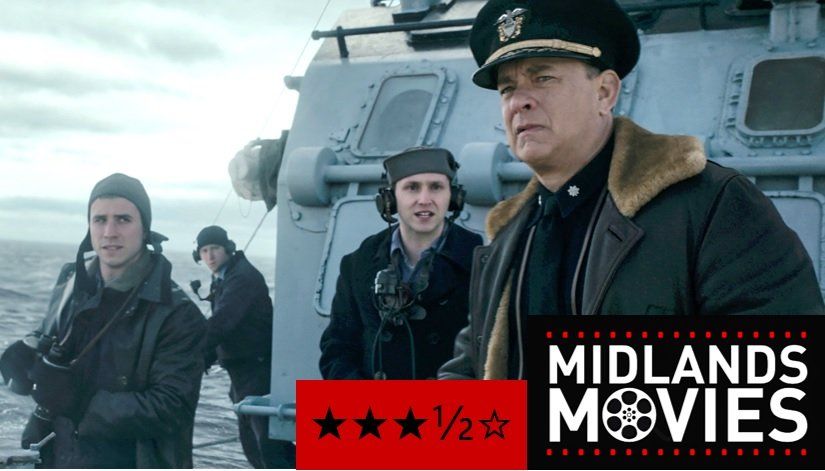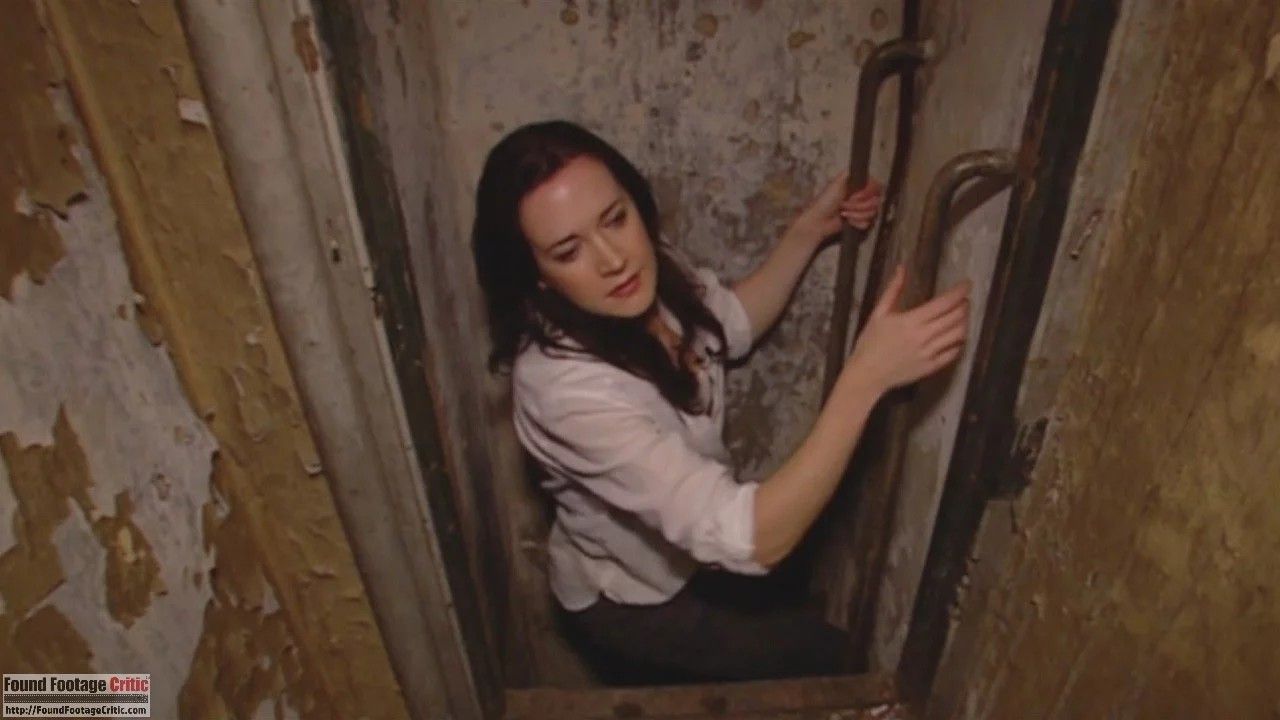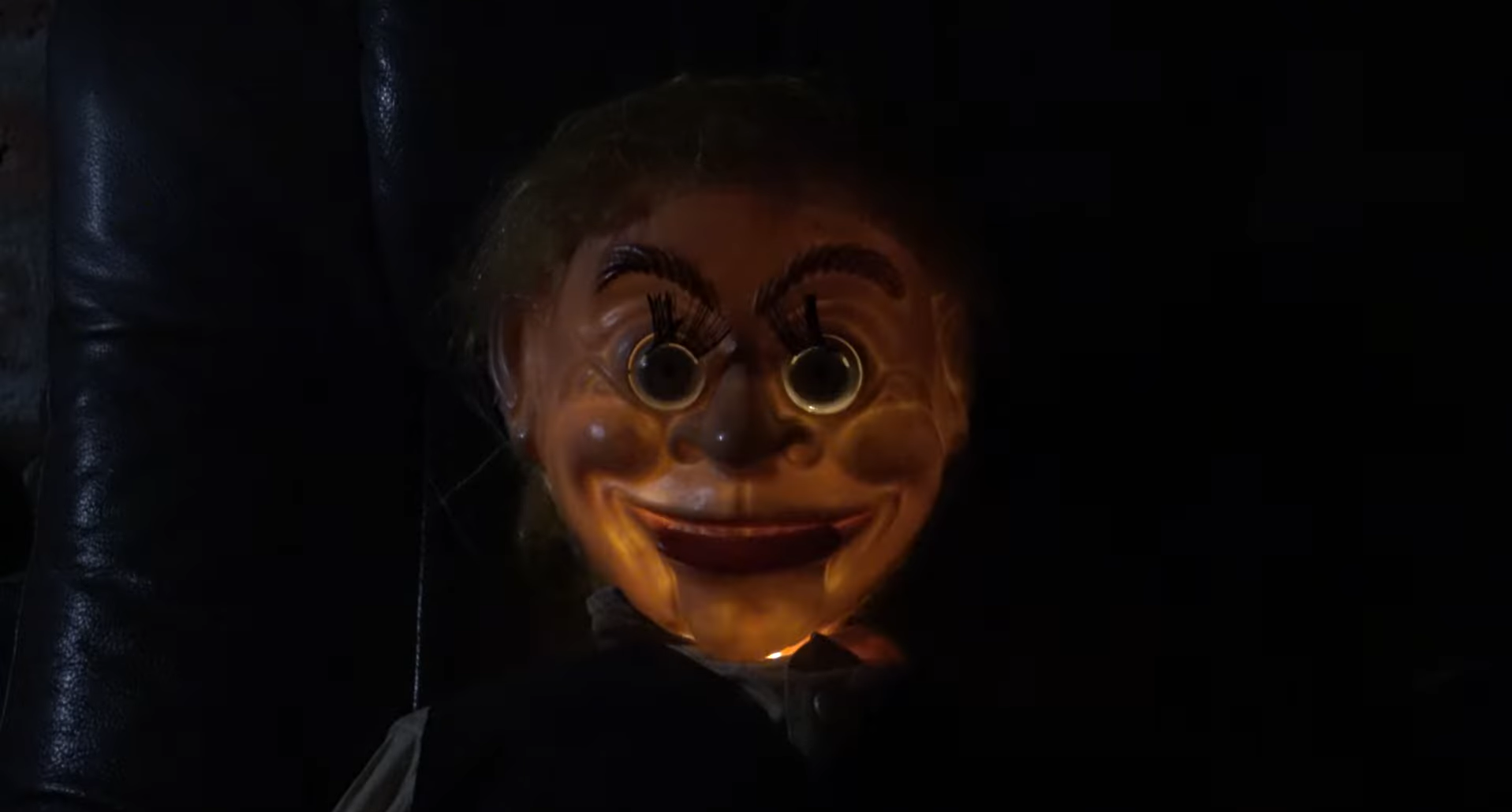Review of Greyhound
midlandsmovies • July 15, 2020

Greyhound (2020) Dir. Aaron Schneider
Tom Hanks plays a US Navy Commander on his first sortie as he escorts a convoy of supply ships across the Atlantic during World War II in new novel adaptation Greyhound.
Set in 1942, these missions were constantly under attack from German U-boat submarines as they desperately try to deliver essentials to Europe. When close to the coast they are protected by aircraft but a small window exists in the middle of the ocean when they fend for themselves.
This sets the scene for a 90-minute journey across the perilous pond that sees Hanks deal with multiple attacks protecting both his men and the cargo.
Right off the bat, as photorealistic as the CGI effects are – and they are impressive – after Dunkirk, these types of visuals don’t quite have the realism needed and sadly gives the film far too modern a look and feel. An early cat and mouse submarine hunt is very tense however, and the quick cutting and overlapping dialogue from different stations on the boat shows the swiftness, professionalism but also confusion on these boats.
There’s a ton of navigational terms shouted constantly but this helped showcase the chain of command and gave some crucial geography in the vast open space of the battles.
Wisely, this first attack is more of a game of Battleship as the submarine appears then disappears off radar and sonar and much of the strategy is planned with pens and compasses - with the explosions and fights become more intense as we go along.
With Hanks avoiding meals, he’s shown as a committed and respectful captain who doesn’t take any pleasure in his duty. He corrects one soldier to remind them the dead are also “souls”. Well, he is Tom Hanks
The threat of torpedoes lurk during each manoeuvre but the film suffers from a huge lack of backstory and characterisation. Heck, even Memphis Belle had some memorable roles. Whereas the anonymised leads work well in Nolan’s structure for Dunkirk, it’s off here as the film is presented in a more standard Hollywood style.
Hanks has previous cinematic boat and war experience (Captain Phillips and Saving Private Ryan) and uses those well-known roles to instil his captain with the necessary gravitas. He also has to take the tough decisions, which include burials at sea, but there’s also no time to mourn the dead as distress flares signal further peril and constant radio taunts come from the German captains.
The always dependable Stephen Graham is great support and the film has one of the best uses of the ugly teal and orange aesthetic during a shot where the glow of flames from destroyed frigates on the sea contrast the serenity of the pale northern lights above.
There is no let-up to the action which keeps excitement high but again, this is at the expense of any character development. I could compare it to Mad Max: Fury Road which uses action to push forward the story. However, it has far less characterisation and narrative than even that.
Like the submariners of the U-boats, Greyhound needed to come up for air briefly as a respite to the endless skirmishes. And ultimately it’s not really a drama at all, but an historical action film. However, despite its lack of depth, if you watch it with that in mind, the swift hour and a half flies by with its tense and nail-biting entertainment.
★★★ ½
Michael Sales





